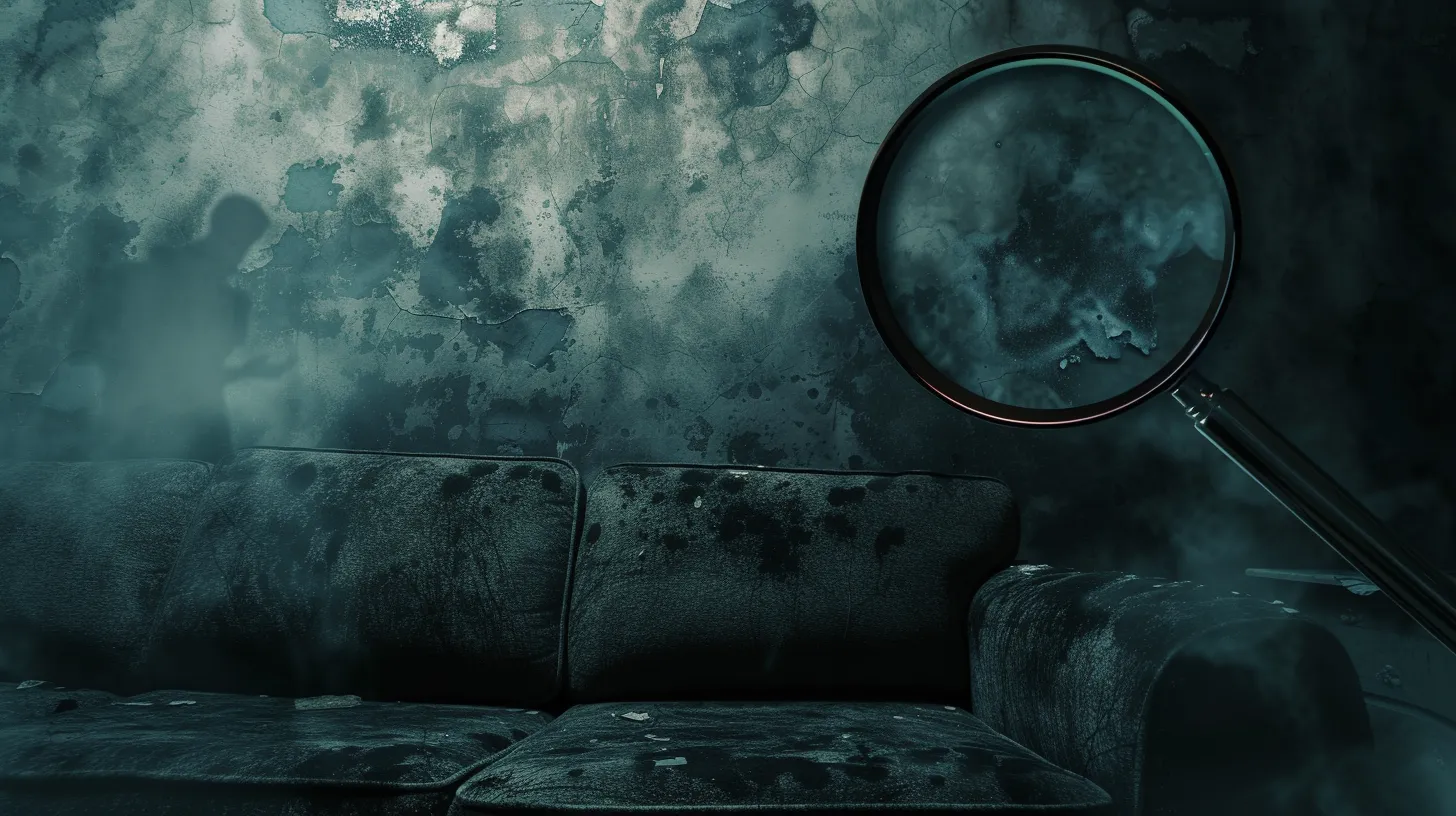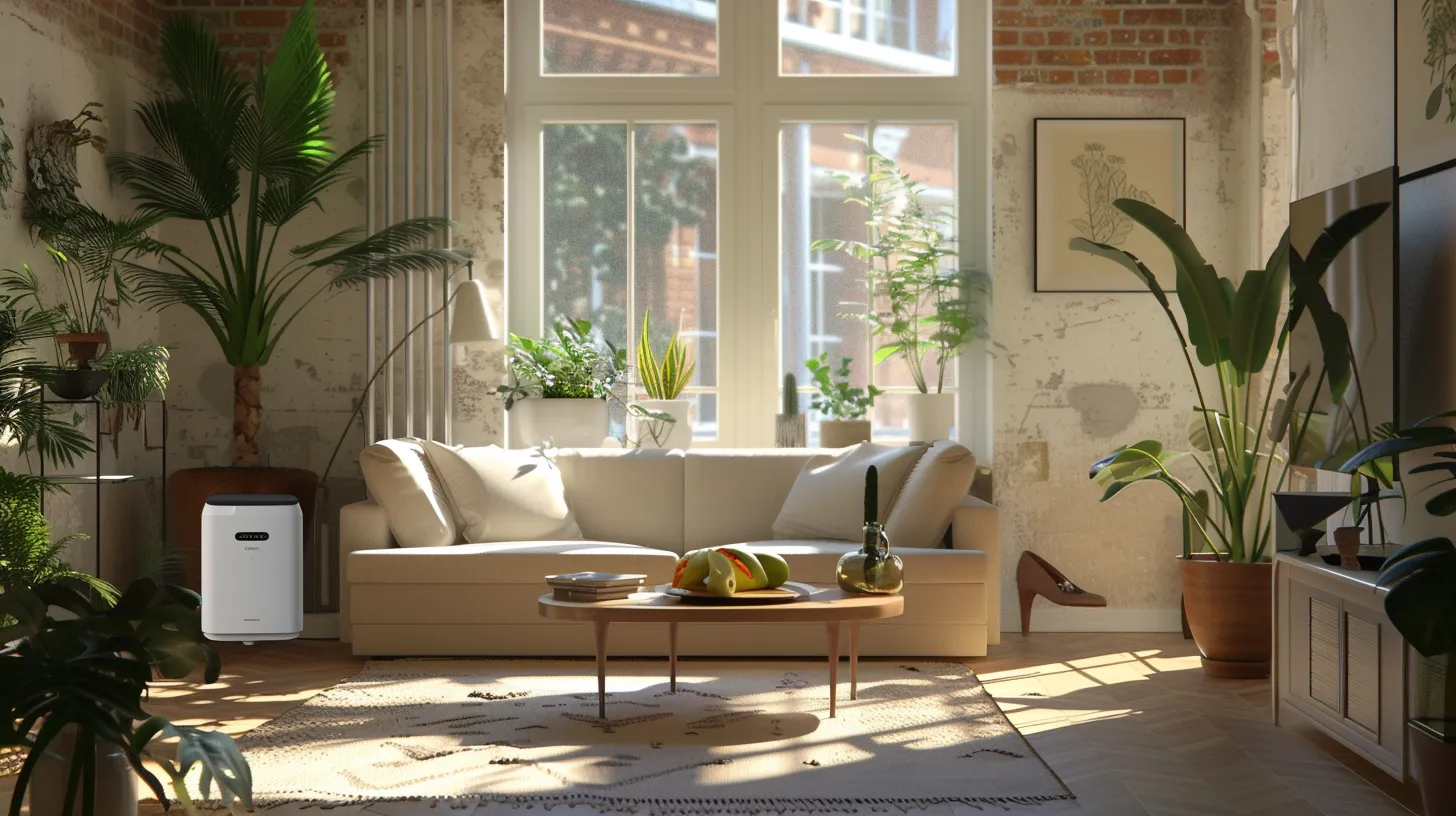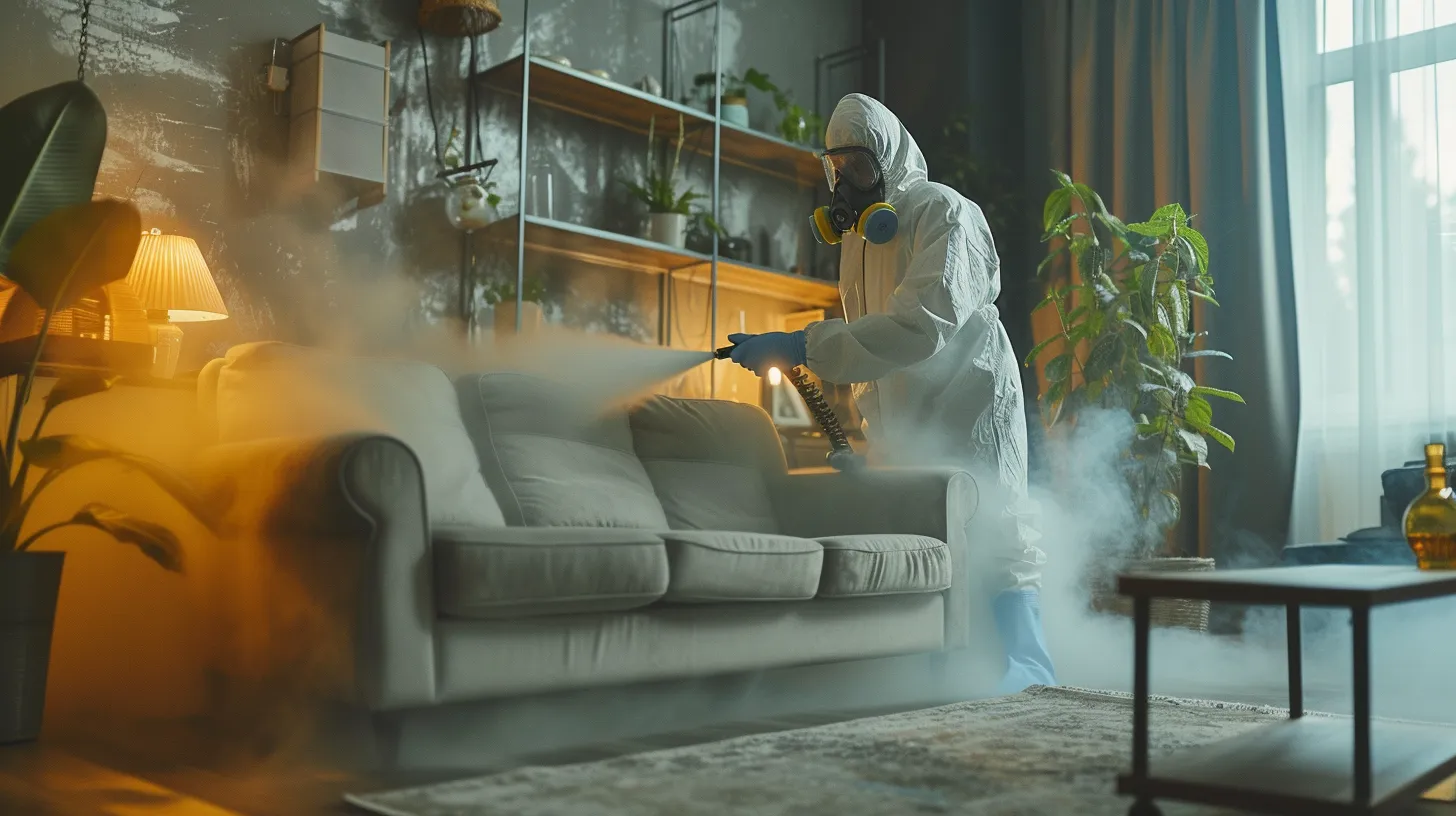Discovering mold on your couch can be both surprising and concerning, a sign that your living environment might be fostering conditions conducive to mold growth. The presence of mold on upholstery is most commonly attributed to factors such as excessive moisture, insufficient sunlight, and poor air circulation within the home. These elements create an ideal breeding ground for mold spores, which are always present in the air, to latch onto and proliferate within the fabrics of your furniture.
Understanding the underlying reasons for mold occurrence is crucial not only for the health of your furniture but also for the well-being of your household. As we explore the intricacies of mold growth, its potential health implications, effective cleaning techniques, and proactive prevention strategies, it becomes apparent that addressing this issue requires a multifaceted approach.
The question that arises then is not just about how mold made its way onto your couch, but also about the measures that can be taken to eradicate it and prevent its reoccurrence, a topic that warrants a closer examination.
Mold Growth Factors
Understanding the key factors that contribute to mold growth on furniture is essential for both prevention and remediation efforts. Mold spores, which are omnipresent in the environment, require specific conditions to flourish, particularly an ample amount of moisture, a source of organic material, and suitable temperatures.
Elevated indoor humidity, stemming from various sources such as water damage or extreme weather conditions, especially in hot and humid climates, significantly contributes to the proliferation of mold growth on furniture. This is further exacerbated in scenarios where furniture is placed against poorly insulated exterior walls, where condensation readily forms due to differences in temperature, providing much moisture for mold spores to thrive.
Additionally, high humidity levels within a room, particularly in areas that are dark, damp, or lack proper ventilation, create an ideal breeding ground for mold. The presence of mold on furniture not only degrades the aesthetic and structural integrity of the items but also poses potential health risks.
Therefore, addressing the root causes through proper cleaning, implementing preventive measures such as improving insulation, enhancing ventilation, and controlling humidity levels, is paramount in mitigating mold growth on furniture.
Health Implications

Having explored the factors that contribute to mold growth on furniture, it is crucial to examine the health implications associated with exposure to mold.
Mold and mildew can lead to a range of respiratory issues, including allergies, asthma, and sinus infections. These health implications necessitate effective strategies to remove the mold and prevent its recurrence. For individuals already suffering from respiratory conditions, exposure can cause respiratory inflammation and exacerbate existing symptoms.
Prolonged contact with mold spores significantly increases the risk of developing respiratory infections and other health complications, particularly for those with compromised immune systems. Cleaning the mold effectively kills the spores, mitigating the health risks.
However, simply removing mold without addressing the underlying mould issue, such as poor ventilation or high humidity, is only a temporary solution. To absorb moisture and prevent the conditions that favor mold growth, use a dehumidifier. This approach not only helps in removing mold but also plays a critical role in preventing its return, safeguarding the health of all occupants.
Cleaning Techniques

Effective mold removal from furniture requires specific cleaning techniques to ensure the health and safety of household members. To clean mold effectively, one can use a solution of Borax and water, applying it lightly to the affected area and scrubbing gently. For a natural alternative, mixing equal parts water and white vinegar or water and rubbing alcohol creates an effective mold-killing solution. Apply this mixture by spraying a small amount onto the moldy surface and wiping clean with a damp cloth.
It's important to vacuum the couch upholstery with a brush attachment to remove loose mold spores before applying any liquid solutions, as this helps prevent the spread of mold. After cleaning, drying out the furniture outdoors in sunlight can further help eliminate any lingering dampness and prevent mold growth.
To prevent mold, regularly check for and address leaks or water spills on your furniture promptly. Using a mixture of detergent and water for routine cleaning can also help maintain the cleanliness and longevity of your couch. Always wear protective gear such as face masks, gloves, and eyewear when cleaning mold to avoid inhaling harmful spores.
Prevention Strategies

Implementing prevention strategies for mold on couches is essential to maintain a healthy living environment and extend the life of your furniture. Keeping your furniture in well-ventilated areas ensures a continuous flow of fresh air, significantly reducing the levels of moisture that mold thrives upon. It's beneficial to allow natural sunlight to reach your couch, as it acts as a natural disinfectant. Additionally, maintaining a small gap between the couch and the wall can further limit the amount of moisture, preventing mold growth in poorly insulated spaces.
Prompt action on spills with clean water and drying the area thoroughly can prevent the initial accumulation of moisture that leads to mold formation. In high humidity environments, employing dehumidifiers can help maintain drier conditions, thwarting mold development on your upholstery.
For couches already affected by water damage, professional upholstery cleaning services can ensure a thorough clean, utilizing solutions like Tea Tree oil, known for its mold-preventing properties. Lastly, removing severely water-damaged furniture is crucial to prevent the spread of mold throughout your home, safeguarding the health of its occupants and the integrity of other furnishings.
Professional Intervention

In cases where mold growth on furniture is extensive and stubborn, seeking the assistance of professional mold removal specialists becomes imperative. Mold or mildew on upholstery isn't just unsightly but can also pose health risks, making professional intervention the best solution for homes with poor ventilation or older homes particularly susceptible to wet patches and powdery mold.
Professionals offer a comprehensive approach, not just eradicating visible patches of mold but addressing the root causes. This ensures not only the current issue is resolved but also helps in preventing future occurrences. Here are some key emotional points to consider when thinking about professional intervention:
-
Peace of Mind: Knowing that all mould growing in hidden or visible spots has been thoroughly addressed.
-
Health Protection: Minimizing exposure to harmful mold spores that can affect your family's health.
-
Preservation of Property: Upholstery Cleaning and mold removal techniques used by professionals can save your beloved furniture pieces from damage.
-
Long-term Solutions: Professionals not only remove the current mold but help in identifying and fixing the root causes like humidity or wet patches, ensuring your home remains mold-free.
Choosing professional intervention for mold removal ensures a safe, effective, and lasting solution to the problem of mold on furniture.










